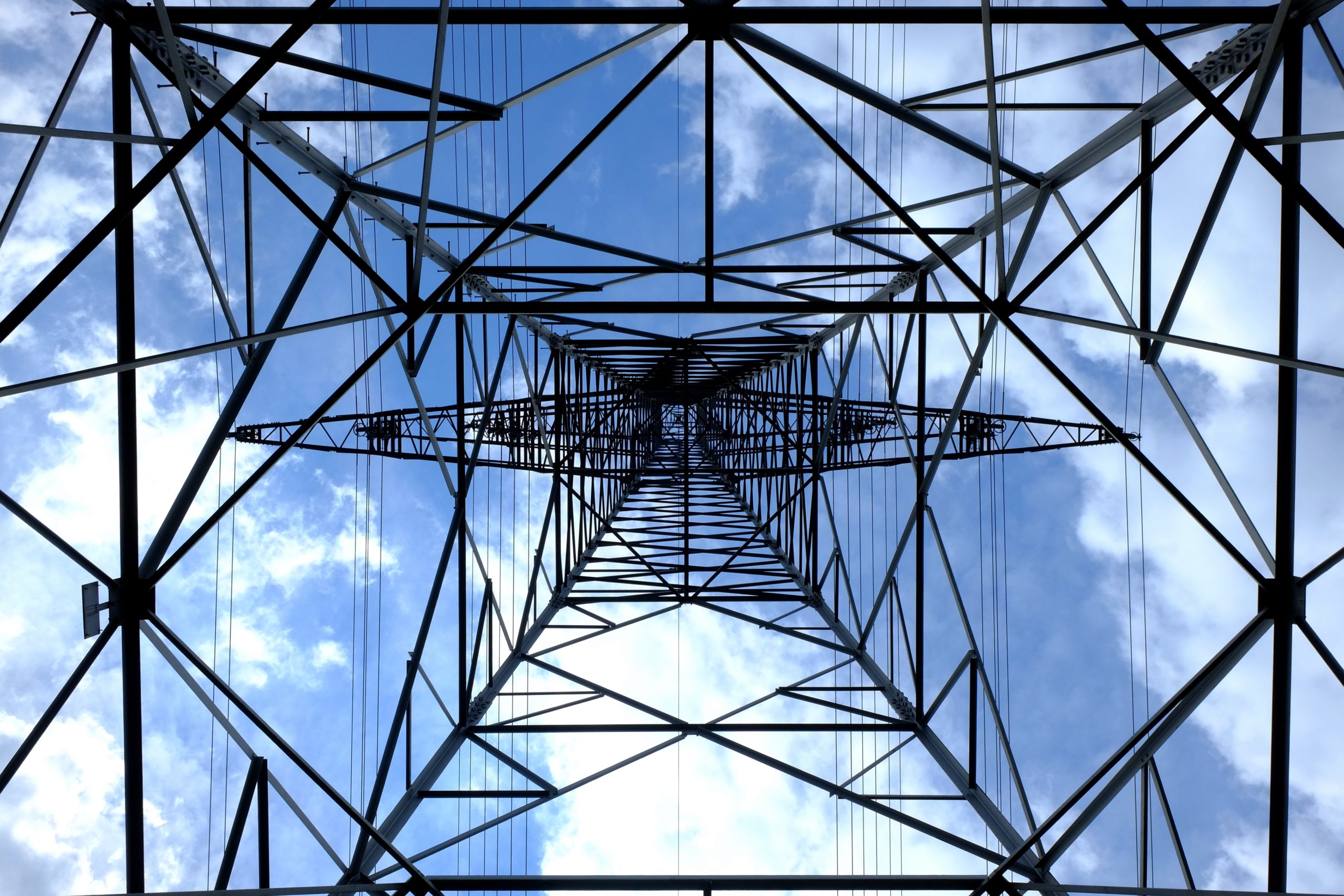This article will elucidate the concepts of electricity generation and demand, and the methods used to measure them. It will also elaborate on how electrical power is transmitted from generation points to your residence, and the physical infrastructure facilitating this process.
Key industry players responsible for maintaining a consistent power supply will be introduced. The aim is to illustrate how all these components collaboratively ensure the smooth operation of the electricity system.
Our focus will be specifically on Great Britain, comprising England, Scotland, and Wales, as opposed to the entire United Kingdom. The electricity market for Northern Ireland operates differently, being integrated with the Republic of Ireland’s system. Despite certain parallels between these systems, numerous distinctions exist. Consequently, our discussion is devoted to the electricity market of Great Britain.
Introduction
Illuminating your home requires electricity, which has to journey from a generation site like a power station or wind farm, traverse transmission lines, and finally arrive at your residence. While this process sounds simple, it’s quite complex. The crux of the challenge lies in ensuring that the electricity generated perfectly aligns with demand. In Great Britain, numerous sources of electricity generation are scattered across the nation, and coordinating their outputs to meet demand is an intricate task. Maintaining a balance such that the system never experiences excess or shortage of electricity at any point is a delicate procedure.
Now, what are the four major stages in any electricity system? Generation, the production of electricity, is the first stage. Traditionally, this was achieved primarily through burning fuels to drive turbines. However, today, the generation mix includes a plethora of sources, including intermittent renewables such as wind and solar energy.
Following generation, the electricity enters the transmission stage, where it is transported from generation sites to demand locations across the country, typically via large overhead or underground transmission lines. Distribution then delivers this electricity at a local level to homes and businesses. Finally, the electricity is consumed, closing the cycle from generation through transmission and distribution.
In essence, this means that supply must always meet demand. Given the sheer volume of electricity required by Great Britain, storage isn’t a viable option. Consequently, electricity must be continuously generated, transmitted, distributed, and consumed in real-time. Besides consumers, all other participants in the system are required to possess the appropriate licenses from Ofgem, the Office for Gas and Electricity Markets, which acts as Great Britain’s independent energy regulator.
Delving deeper into each stage reveals an array of significant players. The journey commences with generation, where electricity is produced. Generators are diverse, ranging from traditional power stations where fuel is burned to drive turbines, to nuclear power stations and renewables like wind and solar. These generators’ capacity, or rated power, is often discussed in terms of megawatts. For instance, a newly constructed 50-megawatt wind farm has a maximum output of 50 megawatts at any given time.
To provide some perspective, a single modern wind turbine typically has a capacity of about 2.5 to 3.5 megawatts, while an average domestic rooftop solar panel system possesses a capacity of about 4 kilowatts. Great Britain’s largest power station, owned by Drax and located in North Yorkshire, which burns wood pellets, has a capacity of 3.9 gigawatts. Thus, it’s more than a thousand times as powerful as an average single wind turbine and about a million times more powerful than an average domestic rooftop solar panel system.
But how is electricity generation measured? There are two primary units: watts, measuring power or the rate at which electricity is transferred at a particular moment, and watt-hours, which measure energy. The latter simply means sustaining 1 megawatt of power for an hour. Hence, if the aforementioned 50-megawatt wind farm operates at full capacity for an hour, it will generate 50 megawatt-hours of electricity.
In Great Britain, the decision on what types of generators to construct and where primarily rests with private developers and owners, usually based on profitability potential or government policy. Energy suppliers, the entities you pay to keep your lights on, forecast the amount and timing of the electricity they need to meet their customers’ demands. These suppliers enter into contracts with generators to buy the necessary electricity, which is then produced by the generators to meet demand at the stipulated times. The generator owners are subsequently compensated for the electricity they supply.
Demand
Demand in the context of electricity refers to the amount of electricity consumed at any given time. Consequently, higher electricity usage translates into higher demand. When individuals discuss demand, they typically refer to the quantity of energy consumed at a specific moment, a figure often expressed as “peak demand.” This is the point when the highest amount of electricity is being used within a specific timeframe, and in Great Britain, it’s usually presented in gigawatts. For instance, the peak demand in Great Britain in 2021 was just over 43 gigawatts.
On the other hand, consumption denotes the total quantity of electricity utilized within a certain timeframe and is measured in units of watt-hours. For instance, the total electricity consumption in 2021 was 260 terawatt-hours, or equivalently 260 million megawatt-hours.
So, where does this demand originate? Essentially, from everything and everyone that uses electricity. As previously mentioned, energy suppliers must buy sufficient electricity to fulfill their customers’ demands based on demand predictions.
But who ensures that supply and demand are perpetually balanced? In Great Britain, this task falls to the National Grid Electricity System Operator (National Grid ESO). National Grid ESO ensures there’s never an overabundance or deficiency of electricity in the system at any moment, vital for keeping the lights on. Essentially, an excess of electricity in the system can lead to damage, while insufficient electricity results in power failures. National Grid ESO also undertakes several other roles, such as managing frequency and voltage, which we’ll discuss later.
Energy suppliers predict customer demand and subsequently purchase the necessary electricity from generators. It’s important to note here that the electricity required in Great Britain cannot be stored and must be generated, transmitted, distributed, and consumed continuously in real time.
Generators and suppliers inform National Grid ESO about the estimated generation and demand, the times when they are expected, and their locations. Since these forecasts aren’t always perfectly accurate, National Grid ESO must balance supply and demand in real time. They manage this by increasing generation to cover any shortfalls or reducing generation to mitigate any oversupply.
Transmission
Electricity, generated by different sources such as power stations and wind turbines, traverses extensive networks of wires and cables to reach its required destination. Essentially, there are two types of networks that facilitate the movement of electricity, primarily distinguished by their size. These networks, their geographical extent, the voltage capacity of the cables, and the generators they are linked to, define their type and function.
The more significant, nationwide networks are known as transmission networks. These networks comprise long-distance, high-voltage cables, capable of transmitting substantial amounts of electricity. Thus, one could metaphorically view transmission networks as the motorways or interstates of the electrical system, facilitating large-scale transport of electrical energy from generation sites to distribution networks.
Understanding the concept of voltage is fundamental to grasping how these networks function. In simple terms, voltage is the force that propels electricity from one location to another. For instance, the wires in household appliances, such as kettles, typically handle around 200 volts, meaning they are designed to endure a pressure of 200 volts. On a national scale, for transmission networks, these figures are vastly higher. The cables used for transmission can withstand hundreds of kilovolts, thousands of times more than domestic appliances.
The cables in the transmission network have inherent limits on the amount of power they can convey. These physical constraints must be considered when determining the quantity of electricity to be transmitted, and the route it should take over varying distances to its final destination.
But who is responsible for maintaining the physical infrastructure of the transmission network? In England and Wales, the ownership and upkeep of the transmission networks are managed by the National Grid Electricity Transmission (National Grid ET). While they handle the physical infrastructure, the National Grid ESO, the system operator, balances supply and demand. It’s essential to note that while both entities operate under the National Grid umbrella, they are indeed distinct organizations.
The situation varies slightly in Scotland. The system operator remains the National Grid ESO, but the transmission networks are managed by either Scottish Power Transmission or Scottish and Southern Energy Networks Transmission, contingent on the specific region in Scotland.
Distribution
Electricity, once coursing through the transmission lines—the “motorways” of our electrical system—needs a means to reach individual homes and businesses. This is where the “A-roads” and “B-roads” of the system, the distribution networks, come into play.
These secondary, more localized networks operate at lower voltages compared to the transmission networks. Their primary function is to deliver electricity from the transmission lines to residences and commercial entities. For efficient management, these distribution networks are divided into geographical segments known as grid supply point groups.
In Great Britain, there are 14 grid supply point groups, each supervised by a Distribution Network Operator (DNO). DNOs are private companies tasked with overseeing the distribution network for one or several regions. Much like the National Grid ET, but at a local level, the main duty of DNOs is to maintain the physical infrastructure—wires and cables—of the distribution networks. Their ultimate objective is to ensure that electricity is transported efficiently as per the instructions provided by the National Grid ESO.
In the logistics of electricity distribution, transitioning from a “motorway” to an “A” or “B” road requires a junction. In electrical parlance, these junctions are referred to as grid supply points. At these supply points, substations are installed that reduce the electricity’s voltage, thereby allowing it to be safely distributed to homes.
This process is akin to an intermediate stage in a supply chain, ensuring goods from a manufacturer reach the end consumer. Similarly, the distribution networks in the electricity system serve a comparable purpose, forming an essential link between electricity generation and the final consumers.

